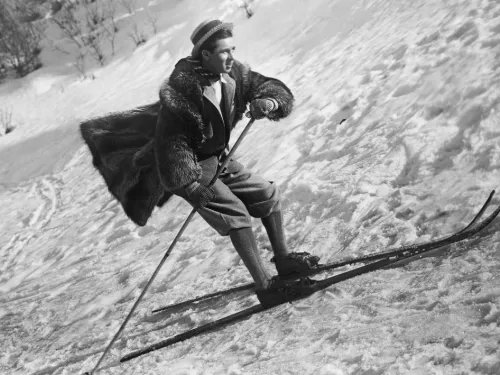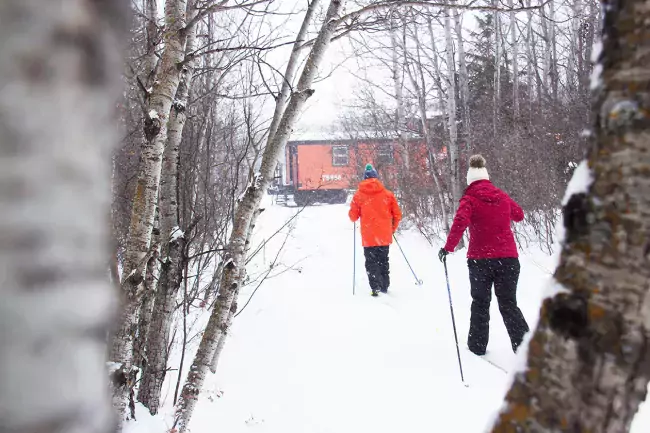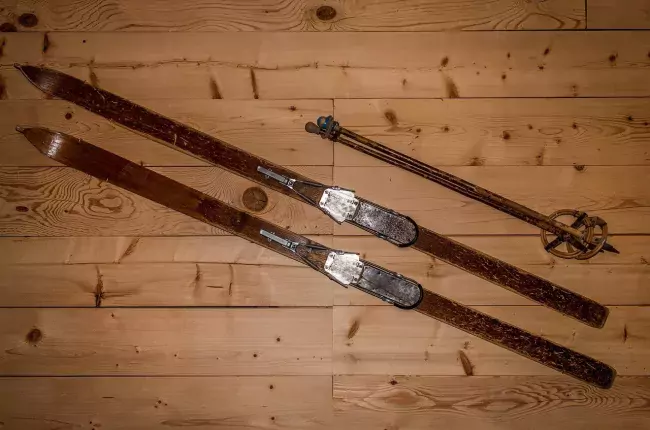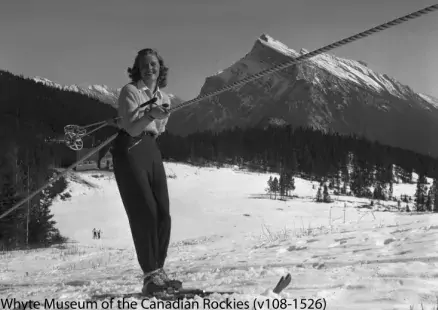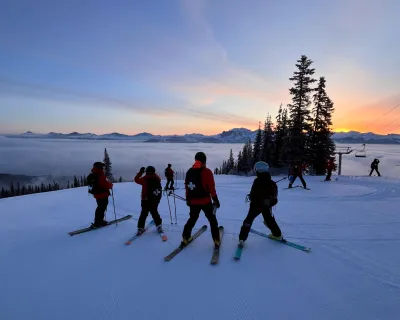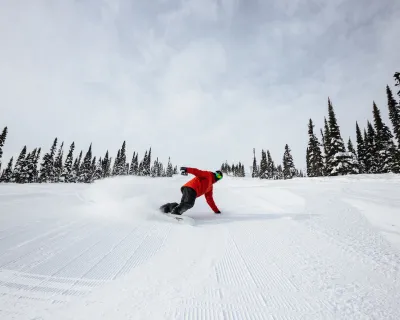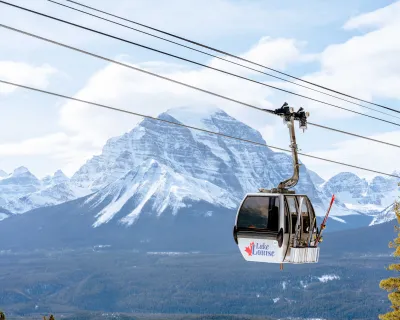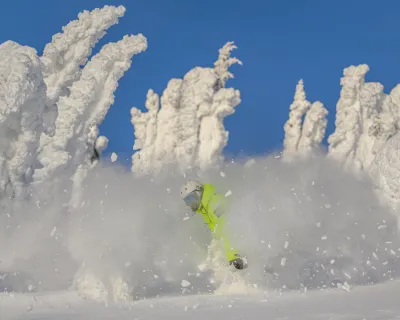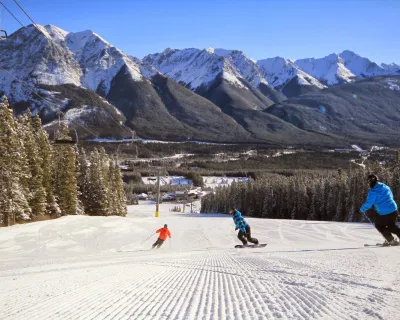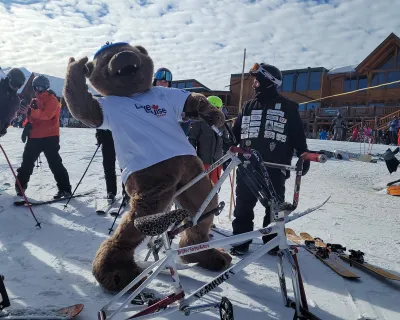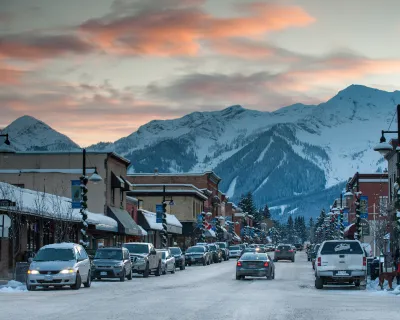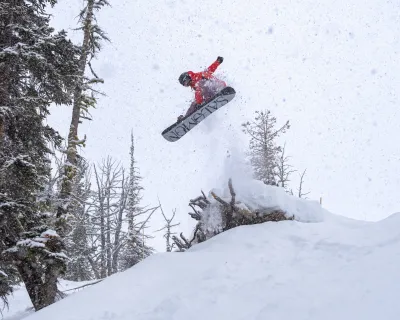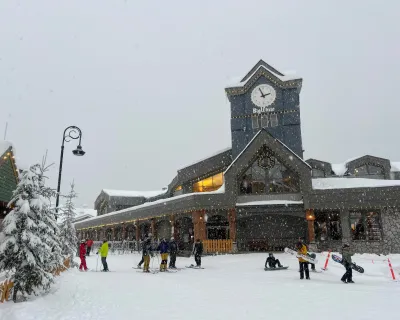
Who do we thank for the planks? A short history of skis
Before you can shred the gnar, or punch through the pow on your favourite pitch, you have to give a shout out to our plank pals who invented skis as a mode of transportation over 5,000 years ago.
What started out as a humble way to move across blankets of snow has turned into a massive recreational activity we embrace. But who do we thank for the planks?
People have been getting around on skis for more than 5,000 years for transportation, exercise and fun.
Norway? China? Russia? Finland? There is a debate as to where skiing originated. Cave paintings in the modern Altaic region of China show human figures on what looks like skis, possibly hunting large animals. They were credited with using one very long pole as a rutter as they surfed the snow on slopes.
Meanwhile, over in Russia, archeologists uncovered what appears to be the remains of skis dated over 6000 BCE (Before Common Era). Finland has remains of skis older than 3245 BCE and the list goes on. What they all have in common is they are long slats of wood with upturned tips. Some have holes for leather straps for bindings while others have holes lining the entire ski to lace animal skins for walking up hills.
The Old Norse can be credited with the word ski or skíð – meaning “stick of wood.” Their skis were huge and heavy and often one ski was longer than the other. Also from the Norse Mythology are Ullr and Skade, the god and goddess of skiing. You can thank them for the pow days.
The first record of skis in Canada was in the late 1800s.
Ever heard of the Birkebeiner Loppet or the Birkie? It’s an annual cross-country event held throughout the world to celebrate the efforts of a group of Birkebeiner loyalists who in 1206 smuggled an 18-month old baby heir to the throne from Lillehammer to Trondheim. They may have skied 330 kms but the annual Birkie near Edmonton has more modest distances.
As time went on, so did the technology. In Telemark, Norway roughly 200 years ago, they carved skis out of ash or hickory with the bow shape. The camber helped distribute the weight of the skier over the entire ski.
Are we friends on Facebook yet?
Join us @SnowSeekers on Facebook or Instagram, and @IAmASeekers on Twitter for fun on and off the slopes.
As the Europeans migrated to North America, they brought their skis. The first record of skis in Canada was in the 1890s. As soon as people saw skiing as a recreation, design changes happened quickly. (In comparison to the last 5,000 years.) Ski equipment brands you see on the slopes today, like Rossignol or Head Skis, Lange boots, Helly Hansen, and Gore clothes, were named after the people who started the companies. It’s amazing what can be invented in the garage or the basement! Let’s not forget the Sno-Suft patented in 1939. That was the first-gen of snowboards.
Mount Norquay has the distinction of being the first ski resort in Western Canada.
As the first ski resort in Canada, Mount Norquay was welcoming eager downhill skiers to the slopes above the town of Banff in 1926. A tow-rope came in 1940's. The skiers must have rejoiced with the second chairlift in Canada was installed in 1948. Currently, there are 34 ski resorts in Alberta, 82 in B.C. and nearly 300 resorts across the country all served by 800 ski lifts.
So, to whoever invented skiing – we thank you. From strapping planks of wood to your feet to stepping onto lightweight man-made materials, skiing has come a long way!
Check out this fascinating video about skiing in the Altaic region of China.
